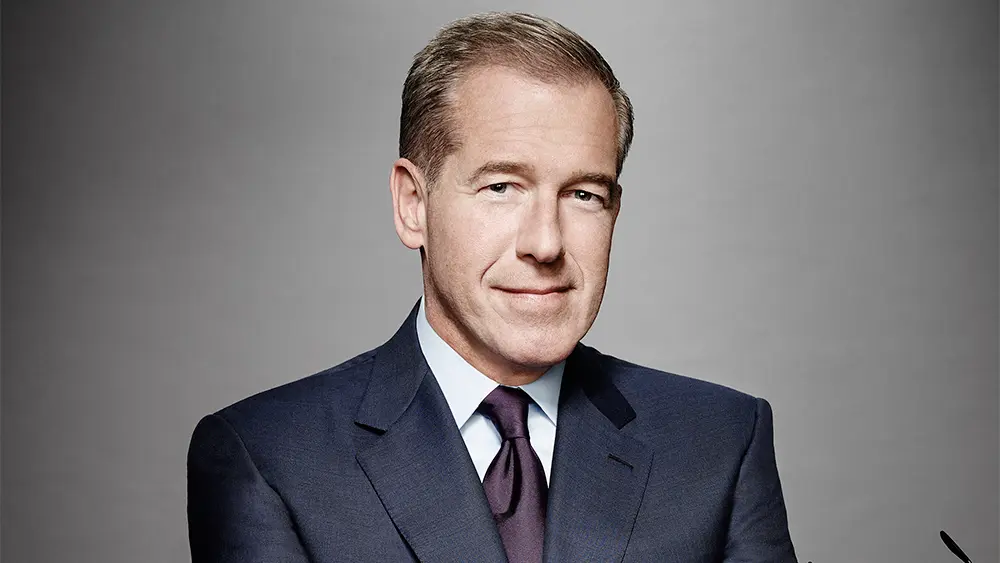Brian Williams on Amazon: redefining election night
A fresh take on election coverage
Election Night took on a new guise with Brian Williams hosting a special on Amazon Prime Video. Deviating from traditional network coverage, his approach was an intriguing blend of in-depth conversation and relaxed presentation. Let’s dive into how Williams’ unique style and Amazon’s technological backing created a compelling viewing experience.
Elevating the art of conversation
Brian Williams didn’t aim to break headlines; instead, he strove to weave them together. His Election Night special wasn’t just another broadcast; it was an experiment. Streaming live for hours on Amazon Prime Video, the show was available to all, regardless of subscription status. Starting at 5 p.m., it outpaced competitors like MSNBC, Fox News, CBS News, and ABC News, setting the stage before the first exit poll was even released.
Innovation to reach younger audiences
This show wasn’t an isolated venture. It was part of a broader effort to engage younger viewers through innovative platforms. For instance, CNN provided live vertical video through its app for mobile users, while NBC News offered a “Kornacki-cam” on its Peacock service, spotlighting Steve Kornacki’s interactive election maps.
The pressure to master digital strategies is ever-increasing. With around 86% of U.S. adults getting news from digital devices, while only 33% rely on TV, networks are compelled to adapt. Amazon and Williams aimed to cater to this evolving landscape, suggesting that although Amazon might not be pursuing the news business overtly, it is keen on mastering live events.
Amazon’s strategic ad placements
Amazon strategically used the Election Night special to advertise its various offerings. From promoting news apps to showcasing the new movie Unstoppable, and even broadcasting Thursday Night Football streams, Amazon maximized its commercial breaks cleverly. Still, some ads were disappointingly mediocre, resembling typical cable news commercials.
A lineup of expert contributors
Williams’ show featured a robust lineup of distinguished contributors familiar to the news-savvy audience. From Candy Crowley, making a television comeback, to former Fox News host Abby Huntsman and veteran reporter Jessica Yellin, the diversity was notable. Additionally, Shep Smith reported directly from Vice President Kamala Harris’ headquarters, and Poppy Harlow provided updates from Paris, humorously assuring Williams that “we kept the Eiffel Tower lit for you.”
Simplifying the visual experience
One aspect that stood out was the absence of flashy graphics. Williams’ set was devoid of the usual election-night screens filled with endless chyrons, countdown clocks, “key race alerts,” and rotating statistics. Instead, it focused on Williams and his guests. This minimalist approach, where Williams was often seen with his back to the audience, harkened back to simpler production days—possibly appealing to the YouTube and TikTok generation.
An alternative without a decision desk
Unique to Williams’ show was the lack of a decision desk, meaning it didn’t rely on one authoritative set of results. As Williams emphasized, “We are not encumbered by a Decision Desk tonight. We are watching everything, so you need only watch us.” This perspective might raise eyebrows among traditional TV producers, but it showcased an effort to provide a different flavor of election coverage.
Creating a balanced dialogue
The show’s intent was clear: offer a balanced and comprehensive view of the news. Producers capitalized on securing well-known figures, partly because traditional networks have downsized their contributor pools amidst economic pressures. The show boasted a wide range of political voices, from former Trump press advisers like Hogan Gidley to writer and comic Baratunde Thurston.
Prioritizing conversation
The core of the coverage was conversation. Williams juggled multiple guests, engaged directly with the audience, and facilitated in-depth discussions with on-set panelists. He welcomed notable newsmakers like North Carolina Governor Roy Cooper and former Utah Governor Jon Huntsman. The segment started with a poignant letter addressed to the nation’s founding fathers, reflecting on the evolution of life in the United States.
The big question: future prospects
Whether Brian Williams’ innovative Election Night special secures more opportunities on Amazon remains to be seen. Success hinges on how many viewers tuned in and stayed engrossed amidst a night filled with competing news distractions.
Stay tuned for more exciting perspectives on media and technology by following our updates and sharing the content with friends and fellow enthusiasts!

 Italian
Italian







